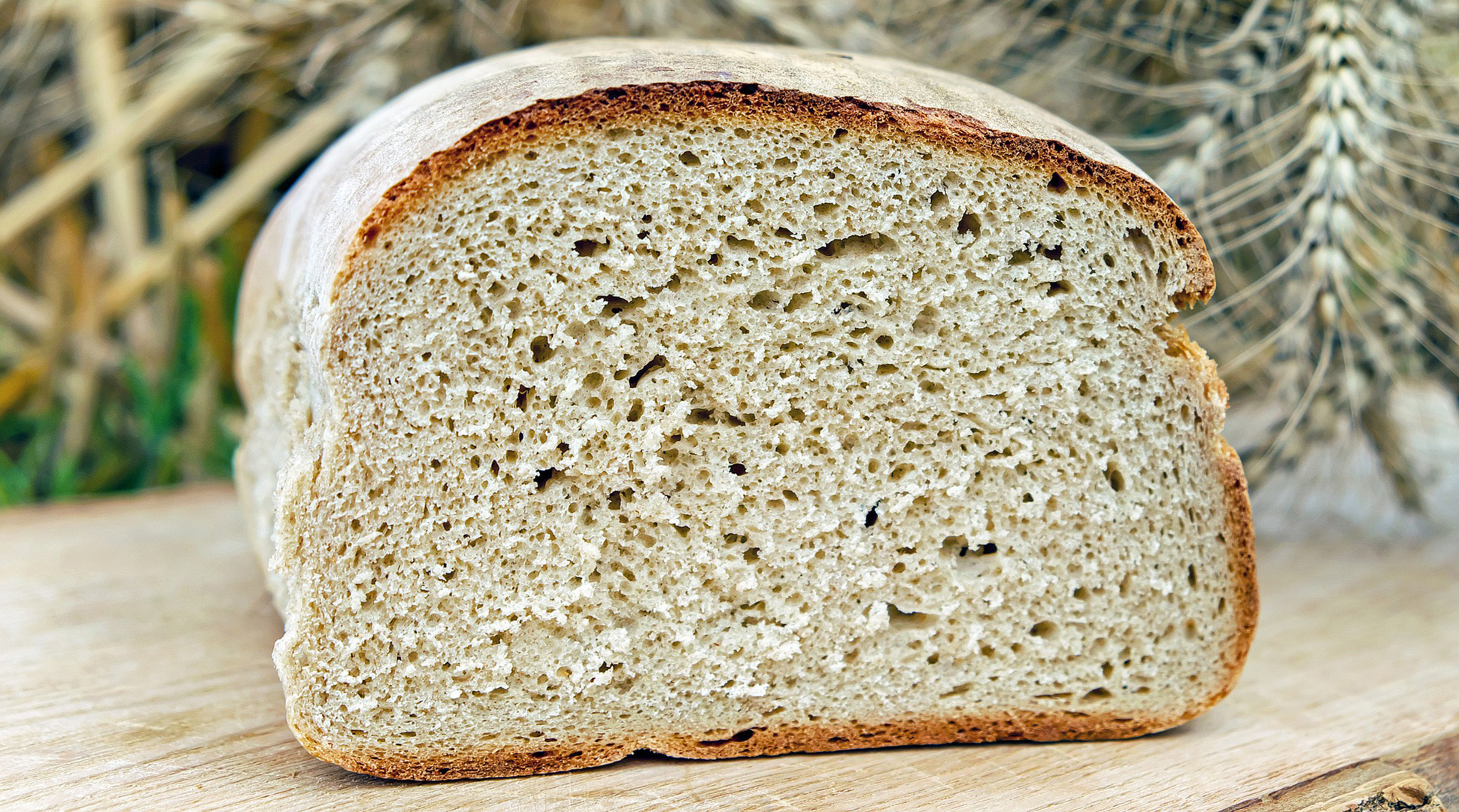By Kevin Folta
New research shows that the immune-reactive agents of modern wheat have been around a long time, and are not necessarily a product of recent genetic improvement.
If you believe product labels and inflammatory headlines it seems like almost everyone must be doubled over with celiac disease. Numerous websites, celebrity doctors, and internet personalities have concluded that this disorder is irrefutably caused by human meddling in wheat genetics.
After all, Mother Nature would never make something harmful.
But new research indicates that the celiac-inducing factors in wheat are actually historical genetic remnants found in older “heirloom” types as well as modern varieties. The work was published recently in the journal Food Chemistry.
Celiac disease is an autoimmune disorder that affects about one percent of the population. The symptoms are related to inflammation in the digestive tract, induced by any one of several small proteins found in cereals. These are commonly referred to as “glutens” but specifically are known as gliadin and glutenin. They are a natural presence in wheat, rye and barley.
Wheat breeding has improved traits for farmers, but has it also increased compounds linked to celiac disease? Research does not find that association.
Read the rest of Folta's post on Real Clear Science
Kevin Folta is a professor in the Horticultural Sciences Department at the University of Florida, Gainesville.
